
Caribs, the root of the Caribbean
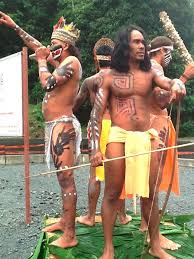
Caribs, the root of the Caribbean
Any attempt to research Caribbean history will at some point, if not often, refer to the Caribs. Who are the Caribs? Is there more to them than the standard cannibals stereotype? Let’s see.
The Caribs are referred to as ‘the Island Caribs’ or simply Caribs. However, the Caribs are also known as Kalinago.
You may be wondering why the word ‘island’ is added to the Caribs. Well, that’s because there were other Caribs in other places in the world. So, the word ‘island’ established a geographical reference to which tribe of Carib a person is referring to.
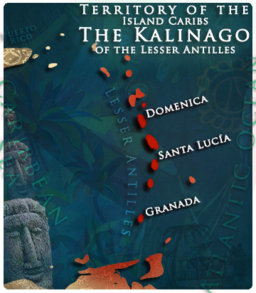
The Island Caribs are homegrown in the Lesser Antilles of the Caribbean. It is believe that these Island Caribs may have been related to the South American Caribs, also known as Kalina.
However, these two tribes of Caribs are different. They both spoke different languages.
The Island Caribs or Kalinagos spoke a pidgin language akin the the Mainland Caribs, and they also spoke their own island Carib language.
By the way, the Caribbean got its name from the Caribs. Interesting, right?
This is due mainly to the fact that the Caribs were the force to be reckoned with in the region at that time.
There are two historical versions as to how exactly the Island Caribs came to settle in the region.
The Kalinagos occupied northeastern South America, Trinidad and Tobago, Barbados, the Windward Islands, Dominica and possibly the Leeward Islands.
In version one, some historians believe that the ancestors of the Island Caribs lived on the mainland. These ancestors conquered the islands of their previous inhabitants, the Igneri.
Version two establishes, which is based on archaeological and linguistic evidence, that there was no mass emigration and conquest as believed in version one. Instead, the linguistic evidence establishes that the Island Caribs’ language appeared not to have been Cariban as previously thought, but instead more like their neighbors, the Taino Indians.
There are some people who people that a smaller group of Mainland Caribs migrated to the islands without forcing anyone out. Instead, they suggest that the Island Caribs coexisted with the inhabitants that they found and as a result, adapted and learned the local language while keeping the traditions of their South American origin.
During the early colonial period, the Island Caribs had developed a reputation of being fierce warriors who would raid neighboring islands, by canoe!
On his second voyage in 1493 , Christopher Columbus is said to have referred to Dominica as Isla de Caribales (Isle of Cannibals).
History claims that Christopher Columbus found the Caribs extremely savage.
According to Christopher Columbus, the island Caribs were cannibals, not because they needed to do it, but because they wanted to do it.
Columbus described the Island Caribs as people who ate anyone they killed during a fight, even those they kept as prisoners.
Evidence does exist that establishes that the Island Caribs did take human trophies and had ritual cannibalism that involved captives of war.

However, the Island Caribs were not the only tribe that practiced ritual cannibalism that involved captives of war. This cannibalistic ritual was also conducted by other Amerindian groups like the Arawaks and the Tupinamba.
Another interesting fact about the ancestral lineage of the Island Caribs or Kalinagos is that the Garifuna share the same ancestry. The Garifuna are usually found in Central America.
Before Christopher Columbus happened upon the archipelago of islands referred to today as the Caribbean, these islands were occupied by the Taino Indians.
Remember version one? Well, the Island Caribs almost completed displaced this tribe through warfare and literal extermination.
One claim is that the Island Caribs traded with the Eastern Taino of the Caribbean Islands.
Remember the native Indians of the United States? Do you remember how they were almost wiped out by diseases brought in by the English settlers?
Well, that’s pretty much what happened to the Island Caribs. Most of this tribe died from being exposed to the wave of European, French, and English invaders, who had brought with them infectious diseases, yes like smallpox, and, just like the North American Indians, had no natural immunity — also warfare. In some instances, over 50 percent of tribes were wiped out by these diseases.
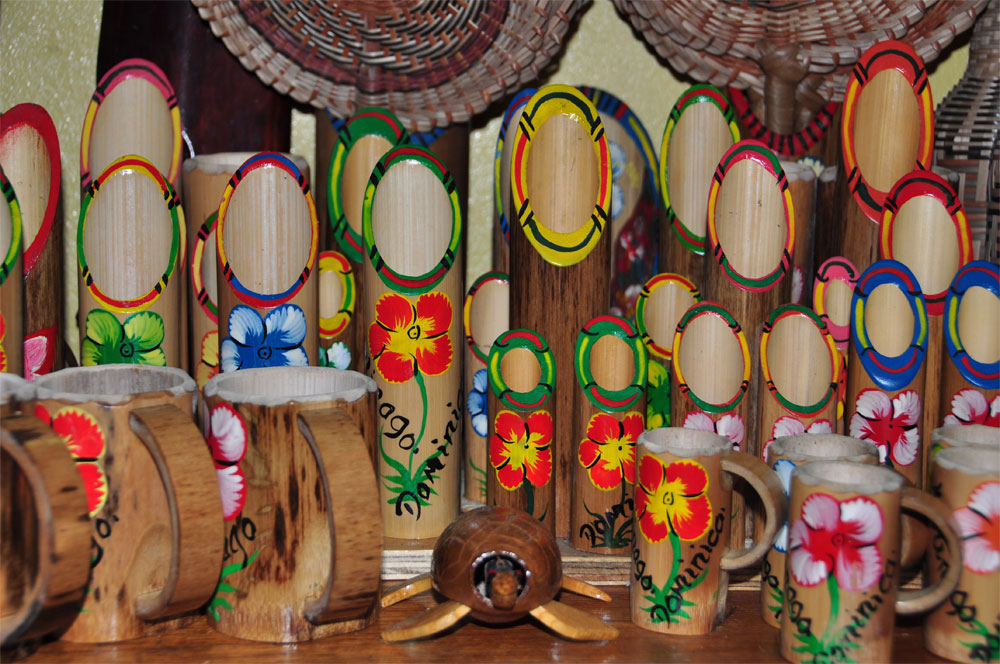
Present day, the island of Dominica is the only Caribbean island with an existing island Caribe tribe.

However, there are ‘Black Caribs’, also known as carifuna that can be found in St. Vincent. Actually, St. Vincent also has ‘Yellow Caribs’.
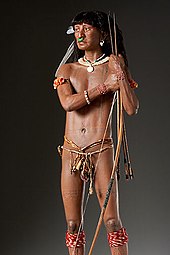
Both these groups of Caribs in St. Vincent were descendants of a group of enslaved Africans.
These enslaved African ended up being marooned, as a result of ship wrecks or escaping slavery.
These Africans intermarried with the Caribs and created the last native culture that resisted the British.
Generally speaking, Carib descendants can be found in the U.S. Virgin Islands, St. Kitts & Nevis, Antigua & Barbuda, Guadeloupe, Martinique, Dominica, St. Lucia, Grenada, Trinidad and St. Vincent.
As far as can be determined, the ‘Black’ Caribs live in St. Vincent and the true population number is still unknown.
Of course, there are descendants on the American mainland of countries like Guyana, Suriname, and Belize.
Both the Caribs of St. Vincent and the Caribs of Dominica fought against the British during the Second Carib War. Yep, you read that right!
Do you want more meat to chew on? Click here

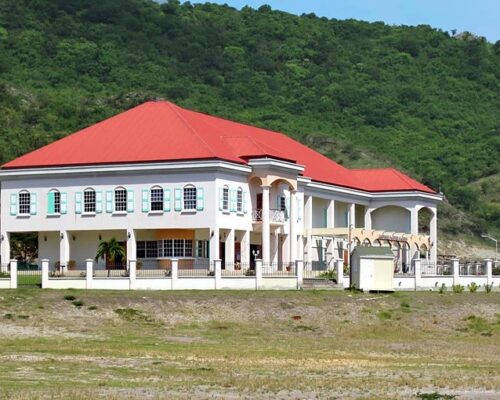

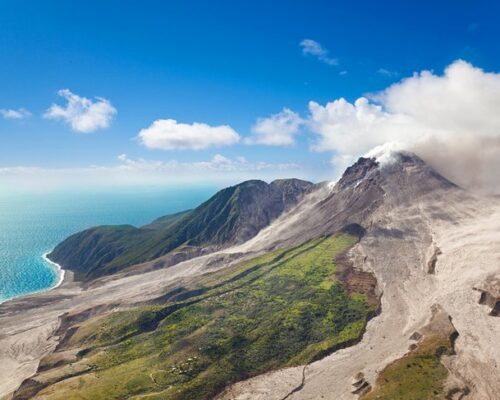
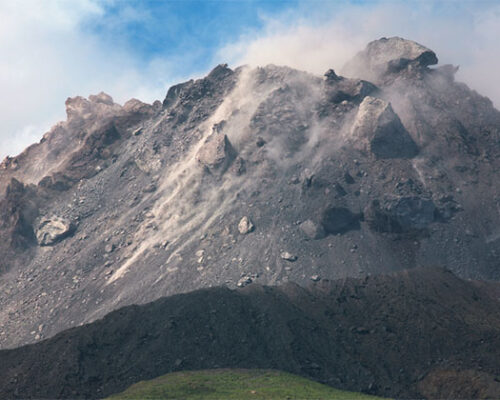
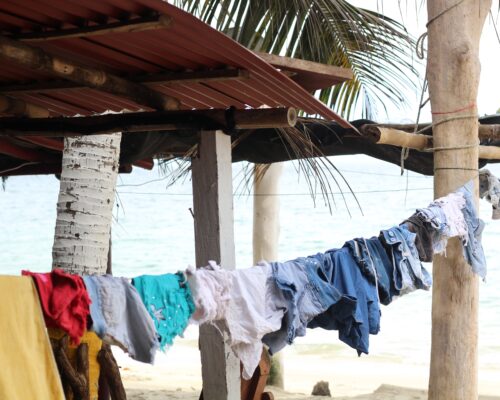
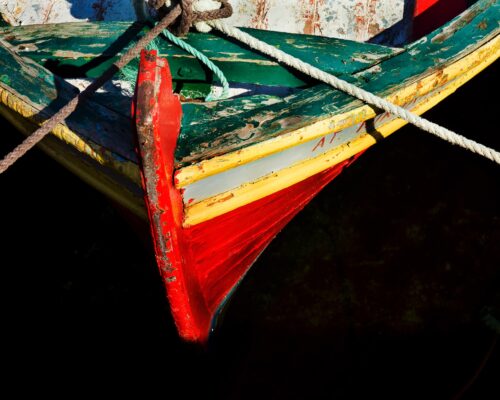
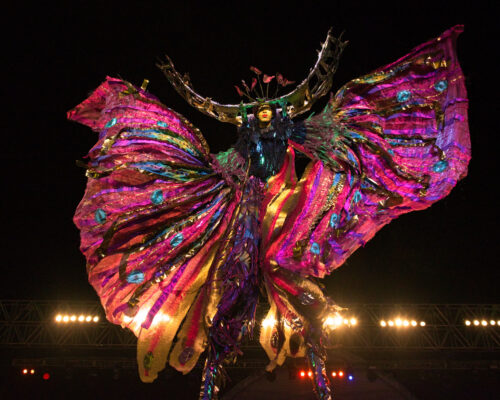
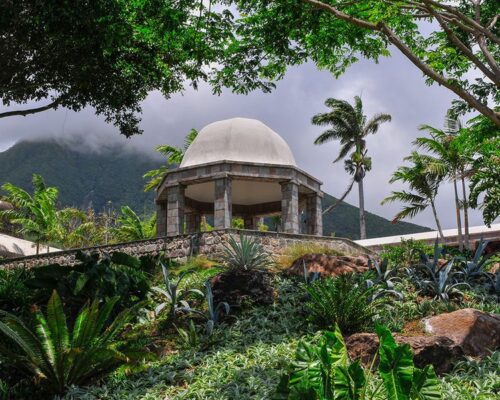
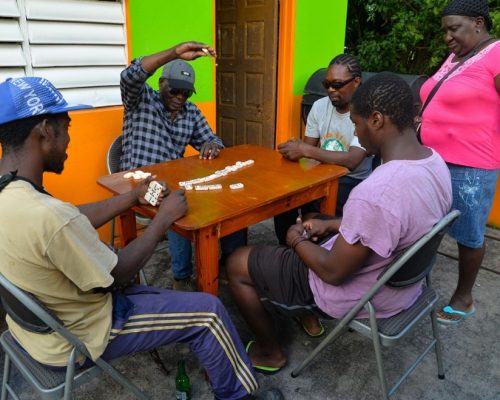
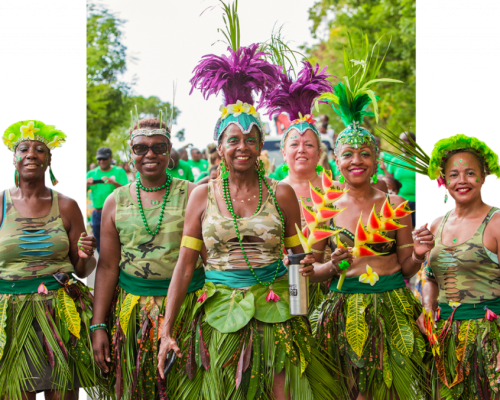
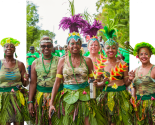
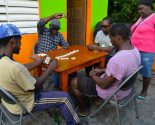
Comments
Can you be more specific about the content of your article? After reading it, I still have some doubts. Hope you can help me.
Your article helped me a lot, is there any more related content? Thanks!